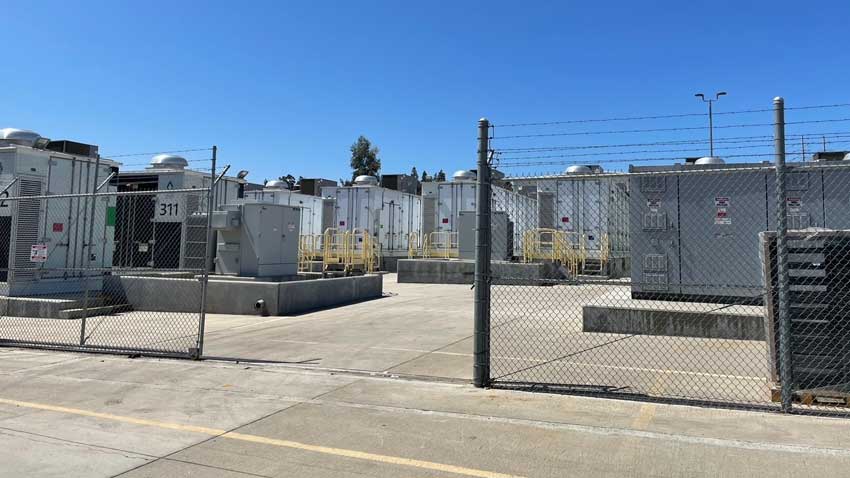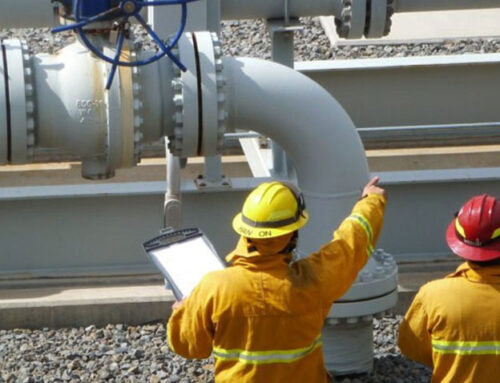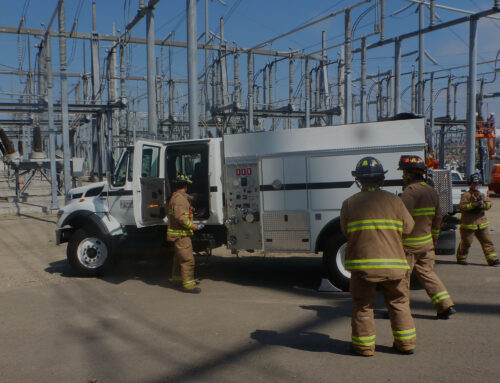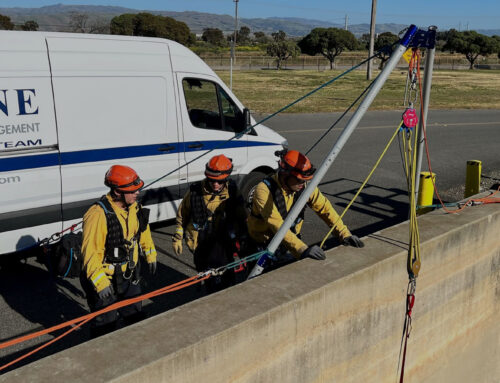Renewable energy is the next step of progress for the world. However, this energy doesn’t always come from large dams and substantial solar farms. Solar panels on one’s roof, or geothermal power, are becoming more prevalent in individual homes. However, solar panels are seasonal and even produce different power on a day-by-day basis. Battery energy storage systems keep this power balanced over time and allow houses to function on renewable energy. Here’s what you need to know about these systems.
Solar panels function off of direct solar energy. Solar systems on houses are routed both to the house and the grid. If excess power is generated during the day, power is sold to the grid, giving the homeowner more money. When less power is generated, like during rainy days or the winter, power is bought from the grid, making up for the difference in power generated. These systems save the owner a significant chunk of power bills and allow owners to recoup their investment naturally.
Better functionality
Battery energy storage systems aim to improve the functionality of a solar energy system even further. At night, solar panels cease functioning, leaving the house purchasing power from the grid to power itself. However, locally installed batteries can solve this problem entirely. These batteries store the extra power and are used instead of the grid when necessary, saving the homeowner even more in power bill costs. During high production seasons, these batteries can also fill completely, and excess power will again be sold to the grid.
Like solar panels, investment into these batteries also pays off naturally over time as efficiency increases, allowing homeowners to keep their excess power and spend less on grid power. Buying grid power costs more than you would receive, selling the same amount back to the grid. For those who desire to be more eco-friendly, these batteries save them from buying less renewable power from coal or natural gas plants and reduce power grid waste from inefficiencies.
More efficient storage
These batteries come in a large variety of forms. While lithium-ion is still commonly used, they aren’t renewable, so other storage methods have been created. These mostly take up the same format; turn power into work that can later be reversed into power efficiently. Compressed air is one format of energy storage currently in use. Large airtight chambers are made, then compressed with excess power over time. When power is needed, the flow is reversed, and the compressed air is used to generate power. Mechanical gravity storage is also a solution in development. Large weights are often lifted or stacked using excess power, which can later be lowered to produce power with gravity. Flow batteries are another development solution, essentially rechargeable fuel cells. These solutions are used more often for large applications but may potentially be used at an individual level in the future.
That covers most of what you need to know about battery energy storage systems. When paired with personal solar panels, these systems can provide extra efficiency in renewable energy sources, paying off their own investment over time and eventually providing the homeowner with a significantly reduced cost of living. Consider contacting Capstone Fire if you’re interested in installing a battery energy storage system for your home.





